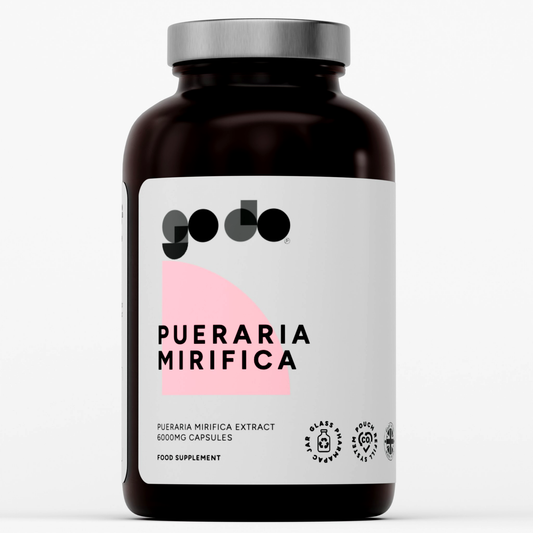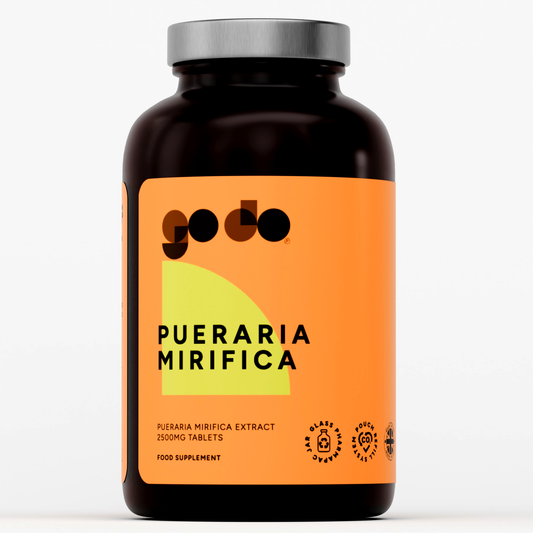Vitamin D3 plays a crucial role in children's development, yet many kids don't get enough of this vital nutrient. Understanding how vitamin D3 supports your child's health and knowing how to ensure adequate intake can make a significant difference in their growth and overall well-being.
Why Vitamin D3 Matters for Children
Vitamin D3, often called the "sunshine vitamin," is essential for children's developing bodies. This nutrient helps the body absorb calcium and phosphorus, making it fundamental for building strong bones and teeth. During childhood and adolescence, when bones are growing rapidly, adequate vitamin D3 becomes even more critical.
Beyond bone health, vitamin D3 supports immune system function, helping children fight off infections and illnesses. Research suggests it may also play a role in muscle development, mood regulation, and overall growth patterns during crucial developmental years.

Natural Sources and Challenges
The primary natural source of vitamin D3 is sunlight exposure. When skin is exposed to UVB rays, the body produces vitamin D3 naturally. However, several factors make it challenging for many children to get enough vitamin D3 from sun exposure alone.
Geographic location significantly impacts vitamin D3 production. Children living in northern climates or areas with limited sunshine, especially during winter months, often struggle to maintain adequate levels. Additionally, increased use of sunscreen, more time spent indoors, and concerns about skin cancer have reduced many children's sun exposure.
Few foods naturally contain significant amounts of vitamin D3. Fatty fish like salmon and mackerel provide some vitamin D3, but most children don't consume these foods regularly. Some mushrooms contain vitamin D2, but this form is less effective than D3 for maintaining blood levels.

Recognizing Deficiency Signs
Vitamin D3 deficiency in children can manifest in various ways, though symptoms often develop gradually. Frequent illnesses or infections may indicate compromised immune function related to insufficient vitamin D3. Delayed tooth development, dental problems, or increased cavity formation can also signal deficiency.
In severe cases, children may experience bone pain, muscle weakness, or delayed growth. Mood changes, including increased irritability or signs of depression, might also be related to vitamin D3 status, though these symptoms can have many causes.
Age-Appropriate Dosing Guidelines
Vitamin D3 needs vary by age, and professional medical organizations provide specific recommendations. Infants typically need 400 IU daily, while children over one year generally require 600 IU daily. However, individual needs can vary based on factors like geographic location, skin tone, diet, and overall health status.
Breastfed infants often need vitamin D3 supplements since breast milk typically contains minimal amounts of this nutrient. Formula-fed babies may receive adequate vitamin D3 if their formula is fortified, but this should be verified with pediatric guidance.

Safe Supplementation Practices
When choosing vitamin D3 supplements for children, liquid formulations often work well for younger kids who can't swallow pills. Many pediatric vitamin D3 products come with droppers that make accurate dosing easier. Chewable tablets or gummies designed for children provide alternatives for older kids, though it's important to ensure these products contain vitamin D3 rather than the less effective D2 form.
Quality matters significantly when selecting supplements. Look for products that have been third-party tested for purity and potency. Avoid products with unnecessary additives, artificial colors, or high amounts of sugar, especially in gummy formulations.
Timing and Absorption Considerations
Vitamin D3 is fat-soluble, meaning it's absorbed better when taken with meals containing some dietary fat. This might include foods like avocado, nuts, seeds, or even a small amount of healthy oils. However, the exact timing is less critical than consistent daily intake.
Some families find it easier to establish a routine by giving vitamin D3 supplements with breakfast or another regular meal. Consistency helps ensure the child receives their daily dose and can help parents remember to provide the supplement.
Food Sources and Fortification
While few foods naturally contain significant vitamin D3, many products are fortified with this nutrient. Fortified milk, including dairy and many plant-based alternatives, provides vitamin D3 for children who consume these beverages regularly. Some cereals, yogurts, and other foods are also fortified.
Fatty fish like salmon, sardines, and mackerel contain natural vitamin D3, and some children enjoy these foods when prepared appropriately. Egg yolks from pasture-raised chickens typically contain more vitamin D3 than conventional eggs.
Seasonal Considerations
Many children's vitamin D3 levels fluctuate seasonally, often dropping during winter months when sun exposure decreases. This pattern is particularly pronounced in northern climates. Some families increase supplement doses during winter months under medical guidance, while others maintain consistent year-round supplementation.
Summer months offer opportunities for natural vitamin D3 production through sun exposure. However, balancing sun exposure benefits with skin cancer prevention requires careful consideration. Brief periods of sun exposure without sunscreen, followed by proper sun protection, can help boost vitamin D3 levels while minimizing skin damage risks.
Special Circumstances
Certain children may need higher vitamin D3 doses or more careful monitoring. Children with darker skin tones often require longer sun exposure to produce adequate vitamin D3, making supplementation more important. Kids with certain medical conditions, those taking specific medications, or children following restrictive diets may also need adjusted vitamin D3 intake.
Premature infants often have increased vitamin D3 needs due to missed in-utero accumulation during the final trimester. Children with malabsorption issues may require higher doses or special formulations to achieve adequate blood levels.
Working with Healthcare Providers
Regular pediatric check-ups provide opportunities to discuss vitamin D3 status and needs. Some healthcare providers recommend periodic blood testing to check vitamin D3 levels, especially for children at higher risk of deficiency. These tests can help guide appropriate dosing and ensure supplementation is effective.
Parents should always consult with their child's healthcare provider before starting vitamin D3 supplements, especially if the child takes other medications or has underlying health conditions. Healthcare providers can offer personalized recommendations based on individual risk factors and needs.

Creating Healthy Habits
Teaching children about the importance of vitamin D3 can help them develop lifelong healthy habits. Age-appropriate explanations about how vitamin D3 helps their bones grow strong and keeps them healthy can make supplementation feel more meaningful rather than just another daily requirement.
Establishing consistent routines around vitamin D3 supplementation helps ensure children receive adequate amounts throughout their developmental years. Whether through supplements, fortified foods, or safe sun exposure practices, maintaining adequate vitamin D3 levels supports optimal growth and development during these crucial years.
Vitamin D3 supplementation for children represents a simple yet powerful way to support their developing bodies. With proper guidance and consistent intake, parents can help ensure their children receive this essential nutrient for optimal bone health, immune function, and overall development.










